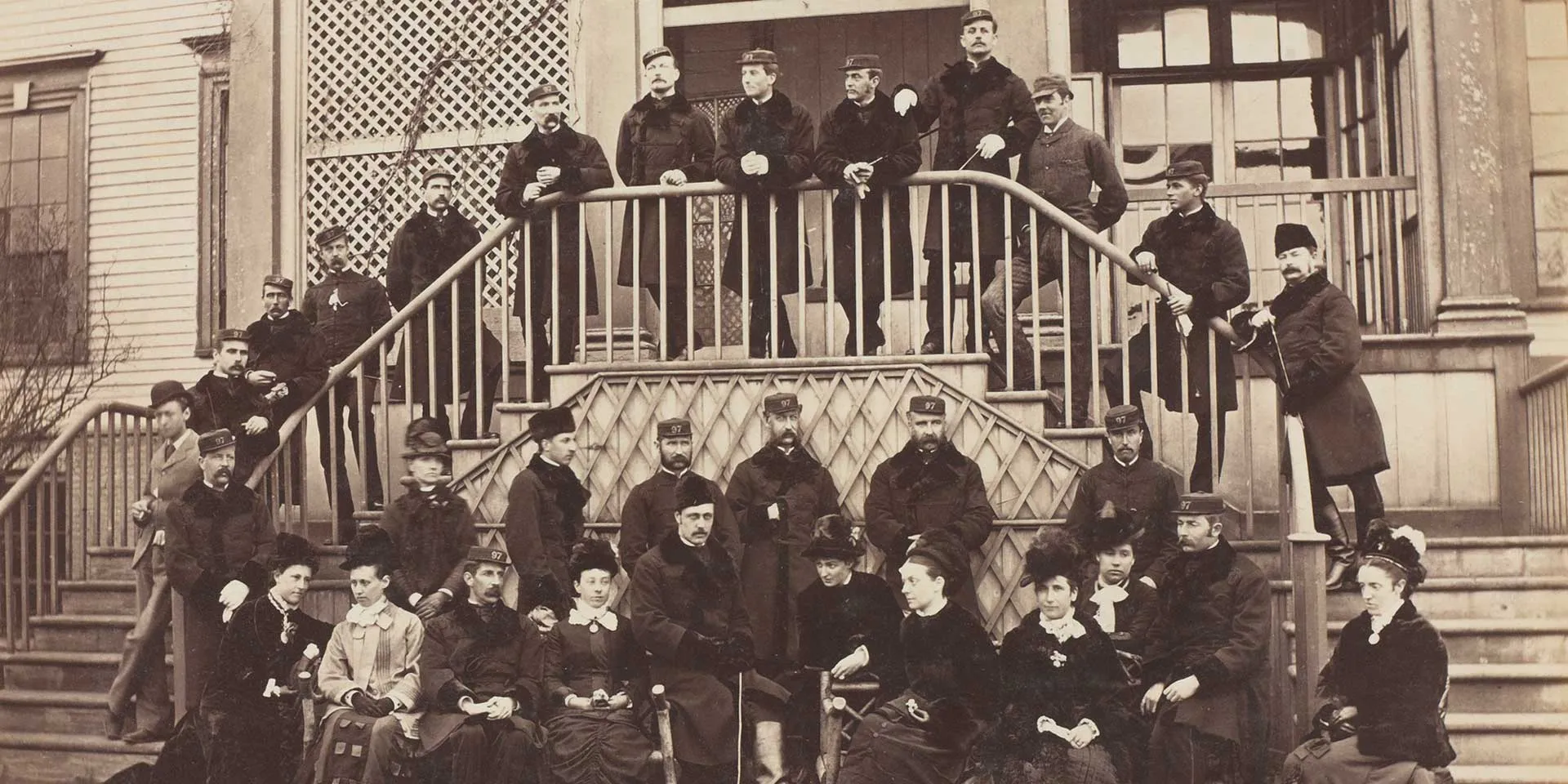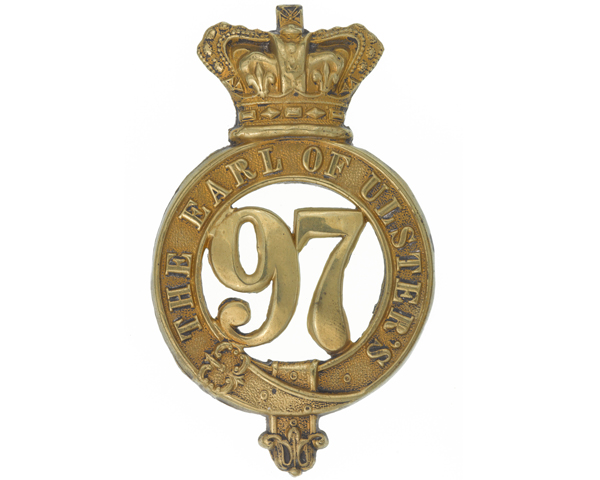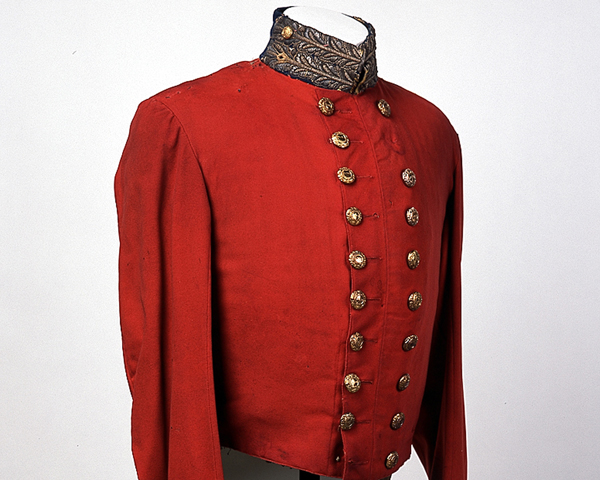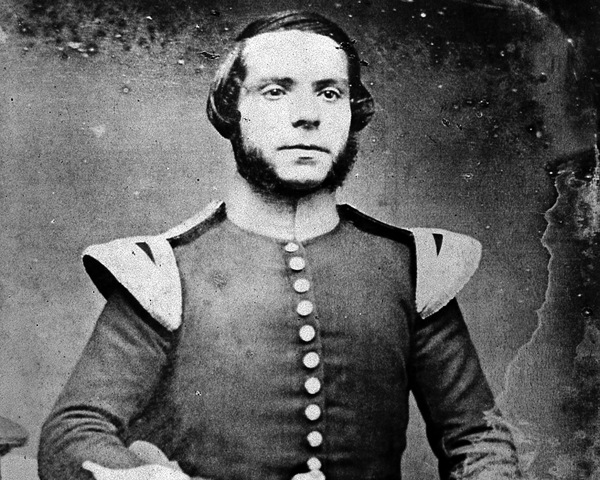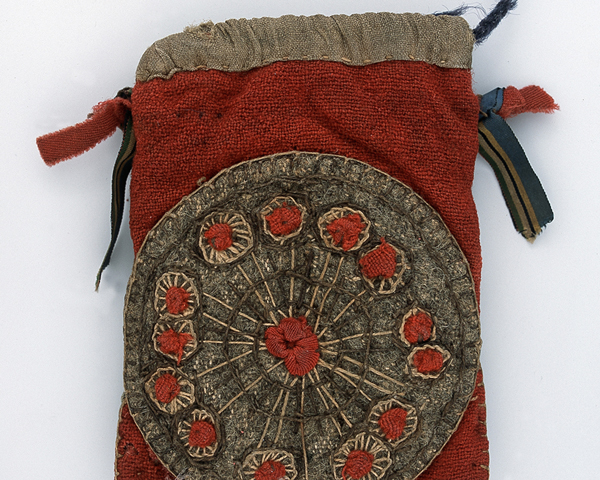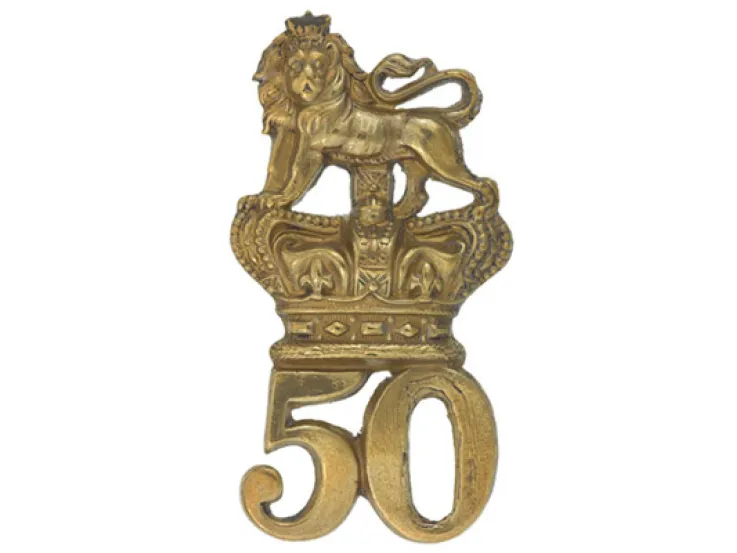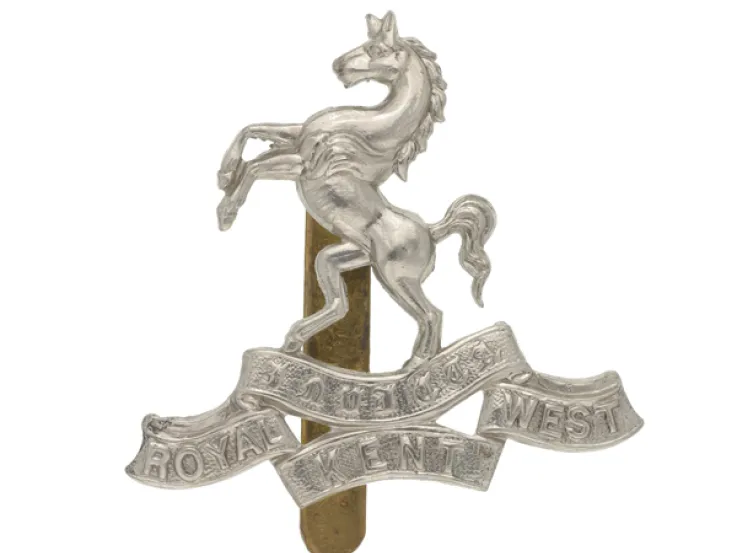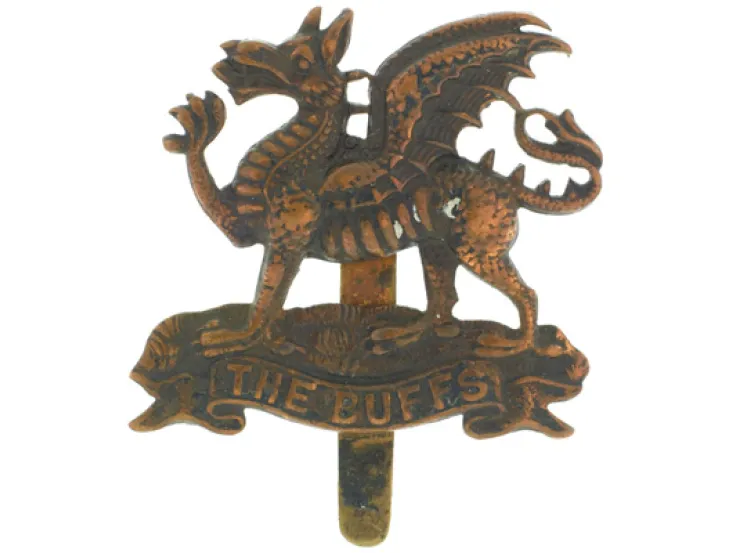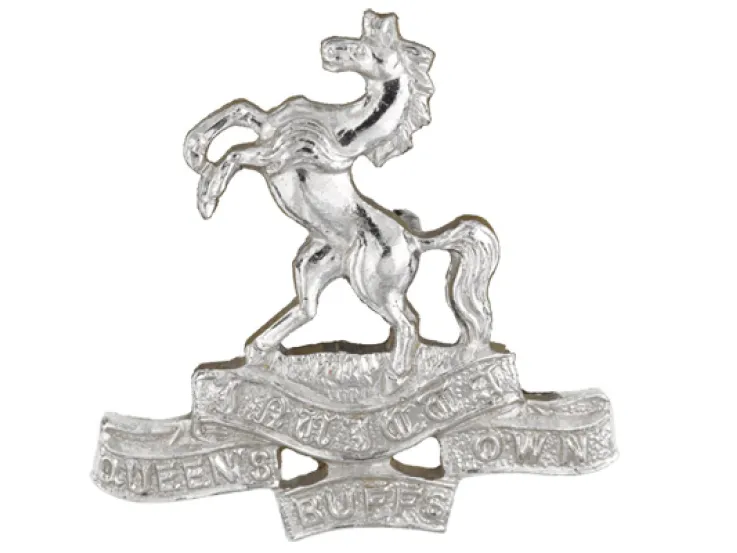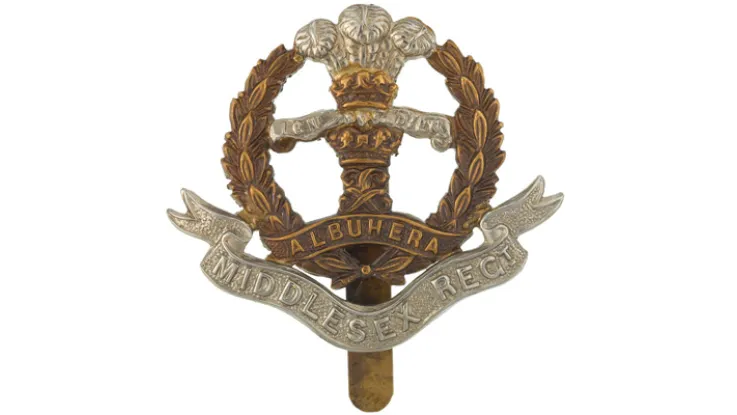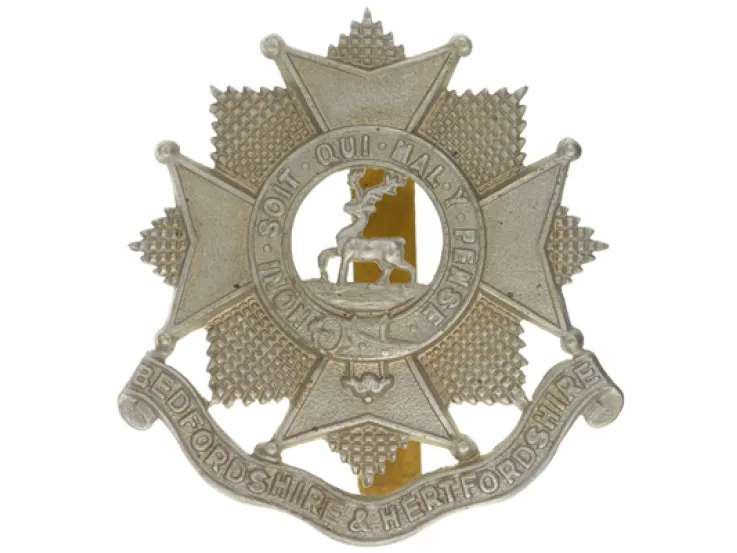Origins
The 97th Foot was raised at Winchester in 1824 by Major-General Sir James Lyon. It was named after Prince Frederick, the Army’s commander-in-chief and King George IV’s younger brother. Better known as the Duke of York and Albany, Frederick held the Earldom of Ulster in the Peerage of Ireland.
It was the sixth foot regiment to have the number 97, but had no direct link to any of its short-lived forerunners. Most of its soldiers were initially recruited in Ireland, and it was regarded as an Irish unit.
A year after its formation, the regiment was sent to Ceylon (now Sri Lanka), where it spent 11 years. In 1832, men from the 97th played against a civilian team in the first recorded cricket match on the island.
Deployments
From 1836 to 1841, the regiment alternated between England and Ireland. It spent the rest of the 1840s garrisoning Corfu, Malta and Nova Scotia.
By 1854, the regiment was in Greece. The following year, it moved to the Crimean War (1854-56), where it was mainly engaged at Sevastopol. It won two Victoria Crosses there and suffered a 59 per cent casualty rate during the assault on the Redan (1855).
It returned to Britain briefly in 1856. But less than a year later, it was sent out to India following the outbreak of the Indian Mutiny (1857-59). It fought at Lucknow and in several other engagements. It stayed in India for 10 years.
From the late 1860s, it undertook garrison duties in Britain, Ireland, Jamaica, Bermuda, Nova Scotia, Gibraltar and South Africa.
Legacy
In 1872, the regiment was paired with the 50th (The Queen's Own) Regiment of Foot. Both units were garrisoned at Maidstone and assigned western Kent as their recruiting area. This ended the 97th’s Irish connection.
In 1881, it amalgamated with the 50th Foot to form The Queen’s Own (Royal West Kent Regiment).
Regimental museums
The National Army Museum works with a network of Regimental and Corps Museums across the UK to help preserve and share the history and traditions of the Army and its soldiers.
Discover more about the 97th (The Earl of Ulster’s) Regiment of Foot by visiting the Queen’s Own Royal West Kent Regimental Museum in Maidstone.

